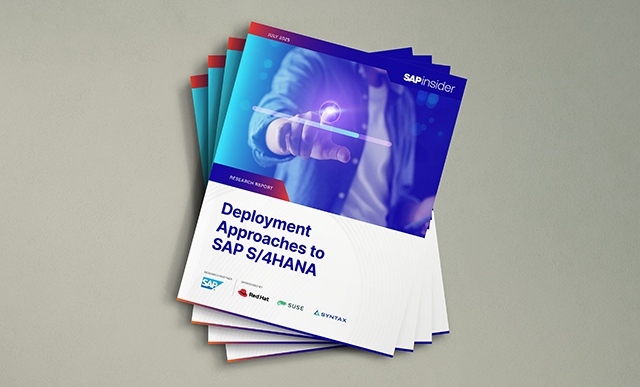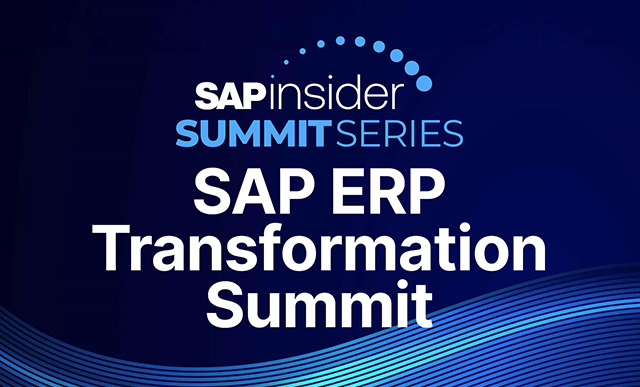Welcome to the Future of Innovation and New Organizational Metamorphosis Tech
Meet the Authors
Key Takeaways
⇨ Avvale has introduced the world to its Product as a Service.
⇨ This product lifecycle adapts and regenerates which ensures energy efficiency and waste minimization.
⇨ As-a-service models guarantee solutions for users, anticipating their needs, balancing optimal performance and ecological responsibility.
Social instability, economic unpredictability and environmental challenges all make for the perfect recipe to today’s hyper-competitive environment as innovation becomes the focal point for SAP users.
In the world of Big Tech and IoT, these technologies are crucial in connecting businesses with their users in a continuous dialogue of data and feedback. With that, Avvale has introduced the world to its Product as a Service (PaaS), a business model that catalyzes the dynamism of the circular economy and the agility of the digital realm to create virtuous synergies between companies and customers alike.
This product lifecycle adapts and regenerates which ensures energy efficiency and waste minimization. As-a-service models guarantee solutions for users, anticipating their needs, balancing optimal performance and ecological responsibility.
Explore related questions
Product-as-a-service provides SAP users with a variety of benefits including: a reduction of asset burden, more flexibility and optimization of presentation. Avvale’s product-as-a-service reimagines the concept of consumption, making it smarter, more sustainable and more aligned with the consumer’s needs.
SAP users can say goodbye to investing directly into expensive product purchases and instead, can leverage high-value goods as part of a comprehensive service package with Avvale. Not only this, users can benefit from flexibility which allows them to align consumption with needs of clients and consumers and altogether avoiding the economic and environmental costs of excessive or insufficient usage.
Whilst the adoption of PaaS is not always linear, there are fundamental steps to aid SAP users facilitate their transition: situational analysis, technological investment, ecosystem integration, skill development and metrics and KPIs. All of which are designed to measure performance, train staff on key aspects of PaaS, and utilize technologies such as Machine Learning, Big Data and IoT.
PaaS is emerging as an innovative trend and a fundamental means to drive growth and innovative ideas. Going beyond the “sell and forget” model create an ecosystem where value, effectiveness and environmental impact are intertwined.
For SAP users across the globe, PaaS is not just a change in the business model but an organizational metamorphosis that engages all company levels.






